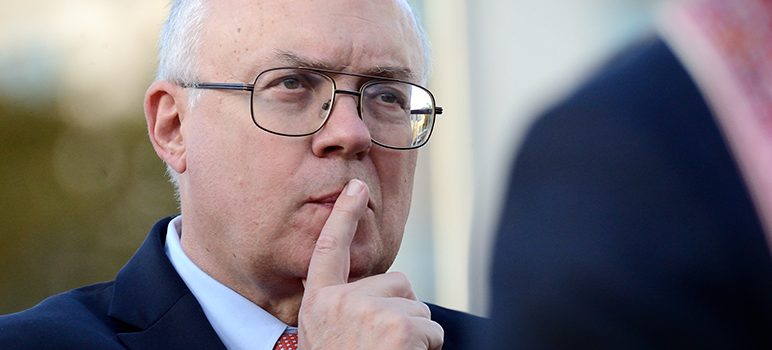While the newly constructed Stanford Hospital is touted as a first-class facility, contradictions about its available services for sexual assault survivors have left government officials searching for answers.
More than a year after the program first arrived, in February 2020, stories began circulating about traumatic experiences when people tried to access sexual assault forensic exams (SAFE), due to claims it lacks separate, dedicated rooms for care—the only location run by Santa Clara County without such a space.
Stanford officials have gone on the defensive as advocates demand solutions.
During a June 30 Health and Hospital Committee meeting, Alison Kerr, chief administrative officer of clinical operations, told county officials Stanford staff had not received any complaints regarding the location’s SAFE exams. She encouraged survivors to reach out directly.
Kerr and other emergency department heads asserted in a June 22 letter that SAFE services are provided 24/7, including case managers, social workers, a private room after medical screenings and emotional and spiritual support. The letter also asserted that no survivors wait in the lobby, but are instead “prioritized to a private triage room.”
But when Supervisor Joe Simitian directly asked if a dedicated space is something that can and will be provided, Kerr said she “didn’t feel capable of speaking on behalf of Stanford Health Care to commit to a separate space” within the emergency department, explaining she would first need a moment to speak with senior leadership.
Advocates argue these conversations are long overdue.
In November 2018, University President Marc Tessier-Levine said staff “determined that a space can be provided at the existing Stanford Hospital and Clinics,” according to documents obtained by San Jose Inside. Additionally, emails obtained by this news organization showed he was personally informed June 11 of the most recent traumatic SAFE exam experience, to which he was “very concerned about the survivor experience you detailed below.”
The HHS Committee advised staff to compile a list of items to evaluate, including finding a better location and training for pre- and post-exam treatment. That report will return back to staff by the end of July, and monthly meetings will continue through December 2021 to guide next steps.
Simitian made clear the priority healthcare professionals—including County Executive Jeff Smith, who is notably also a medical doctor—have placed on vetting Stanford’s existing SAFE program infrastructure.
“The anxiety here is that these issues get addressed with some urgency, and do not turn into an extended series of conversations while survivors are still in need of these services,” Simitian said. “I’m sitting here in real time trying to think through with you all, how we can make that happen.”
The disconnect between perspectives of survivors and Stanford hospital administration raised additional red flags for sexual assault advocates; Stanford sophomore Aditi Limaye said, “I no longer feel safe referring survivors, friends and people who come to me with these experiences to the SAFE site at Stanford Hospital.”
Stanford law professor Michele Dauber said the fact that public health officials acknowledged Stanford's discrepancies was a victory for survivors, but she thinks negative patient experiences—including reports that a victim was identified by another student who overheard conversations with a nurse—now outweigh reasons to keep the program open.
“The county read Stanford the riot act about inadequate conditions at its rape kit location," Dauber told San Jose Inside. "They made it clear that Stanford needs to come forward with a private, dedicated space—that President Tessier-Lavigne promised in 2018—or the program will be paused.”
County health professionals are hoping that won’t be necessary.
Kim Walker, the nurse manager for VMC’s SAFE Team, agreed a dedicated space would be a helpful priority in addressing lingering concerns.
“Patient experience is incredibly important for the survivors,” Walker said. “If we can't mitigate those issues, then we would need to talk about the potential of pausing the program.”
Because that’s not a decision Walker can make—as only Stanford can provide the green light regarding its own infrastructure—she suggested providing clearer instructions for survivors when they arrive onsite, so they know what care to expect or request.
Paul Lorenz, Santa Clara Health & Hospital System CEO, said he hopes past communication with Stanford means they’re willing to come to the table immediately to resolve lingering concerns from assault survivors—through all of the back-and-forth.
“Whether they are direct or indirect, we have an obligation to follow up to make sure that the concerns around the experience at Stanford are addressed,” Lorenz said. “Instead of unwinding something, let's take a step forward and try to resolve these issues as quickly as possible.”

